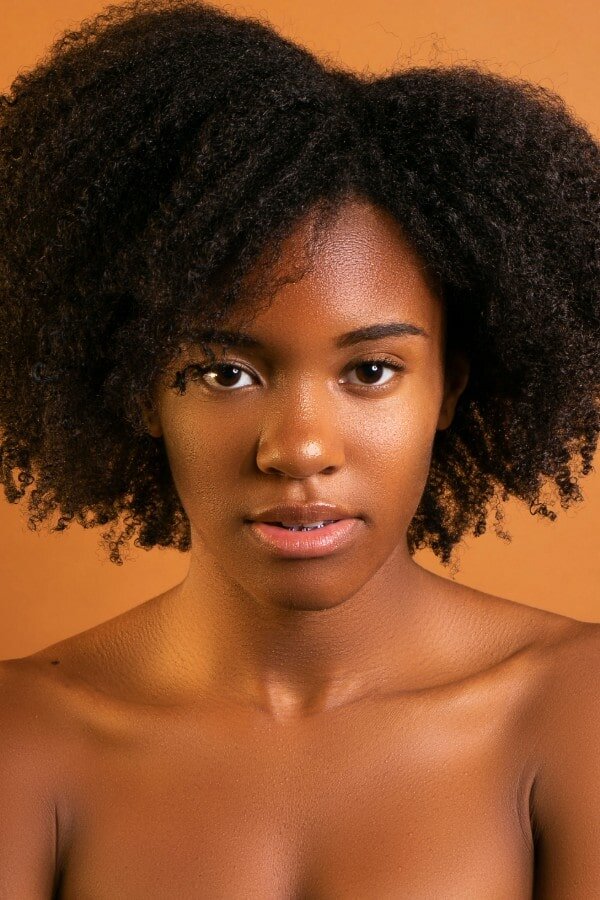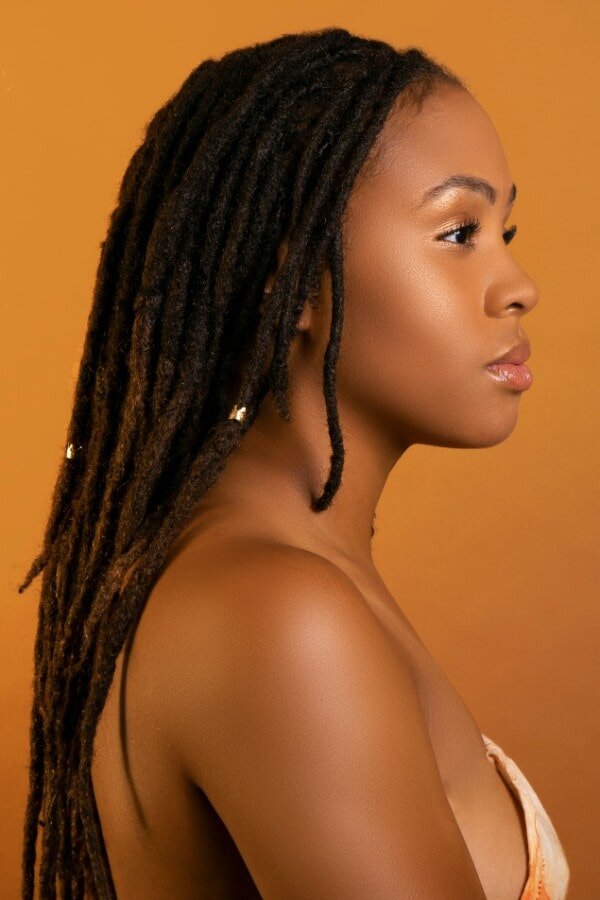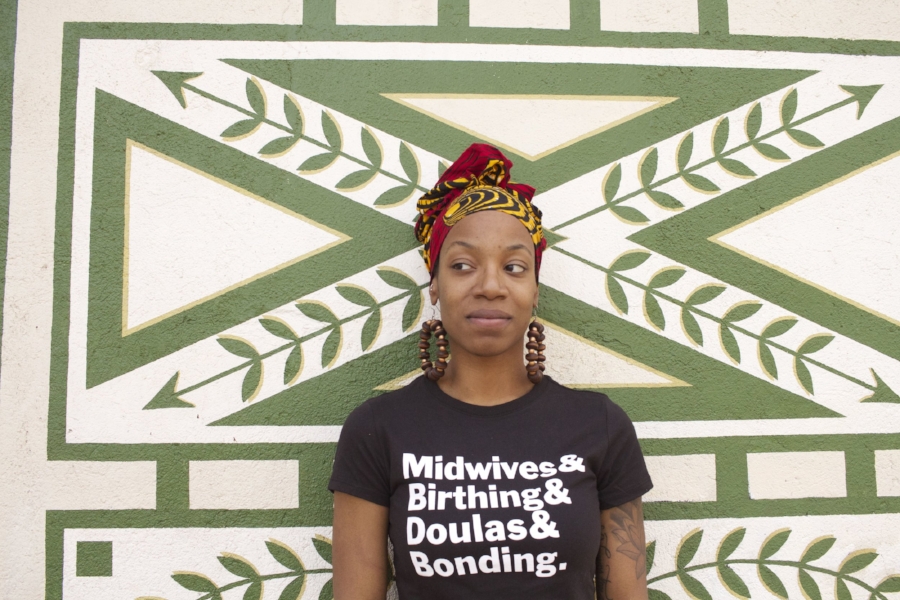A version of this essay was originally published on Natural Nerd Designs.
Growing up, I saw different women of all shades, and at a young age, I was taught we are all beautiful. I didn’t see any problem with my skin or hair until I was in elementary school.
I remember being in the second grade and my teacher rearranging our seats into groups of eight. A classmate said, “This is the ugly table” (the one I was at) and that the other one was the “pretty” table.
It was the lightest skin versus darker skin.
Me, confused and only 8 years old, evaluated what classified us as “ugly” and what made the other table “pretty.” We had the same clothes and shoes because we were all in uniform. It wasn’t our body shapes because we all were the same size (no one had hit puberty yet). It wasn’t by level of intelligence because the top student in our class was sitting at my table.
The only evidence I gathered was by our skin tones. Mind you we were all Black students, so it wasn’t whites versus Blacks (or as my mother taught me to say Caucasians versus African Americans). It was the lightest skin versus darker skin.
It’s hard enough to get through the everyday struggles of parenting, but for Black mothers raising Black children, there comes a whole mass of obstacles. In society, we often discuss Black parenting in regards to race, but rarely do we talk about parenting in regards to colorism.

Colorism is an issue that has been present within the Black community for quite some time. (To paint an even better picture, the brown paper bag test was implemented within our community. If your skin was darker than the bag, you did not merit inclusion.) It is a symptom of racism. To educate those who are unaware or unclear, racism is prejudgment and discrimination against people based on their perceived racial status. Colorism, on the other hand, is prejudiced attitudes or discrimination based on the tone or shade of one’s skin.
The best thing you can do for your daughter is to be a safe space for her…
My parents had “The Talk” with me after the seating arrangement incident. For those who do not know what “The Talk” is, it is the discussion that every Black parent has to have with their kids at some point that lets them know there are people in society who won’t like them because they are Black. (Or that in order to not be gunned down by the police they must live by an entirely different set of rules than their white peers—though there is no guarantee following those rules will keep you safe.)
For parents of daughters with darker skin tones, the objective is to raise a girl who has a good understanding of her immense worth and is equipped with the tools to navigate the world to her advantage. Here are some tips that I learned and gathered from from my experiences to help you do just that:


1. Compliment her dark skin and educate her about colorism from an early age.
Many parents attempt to battle colorism by sometimes ignoring skin tones, and trying to view them the same. You need to deflect the media’s influence, and to do this, you’re going to have to work extra hard to make sure she associates dark skin with beauty.
Colorism is a sensitive topic, and overlooking the issue and hoping your child never has to encounter is not the best solution. If you have a daughter with dark skin, she’s going to encounter colorism, whether it comes in the form of insensitive comments or rears its ugly head in another aspect of her life.
Talk to your daughter and play an active role in her life by asking her about the issues she may be facing either in school or with her peers. My mom made sure that my dark skin was glorified in the home. Growing up, all my Barbies and baby dolls had skin as dark as mine. This was my mother’s conscious choice. She stocked our bookshelves with Black children’s books, bought toys and games with Black characters. She worked hard to make sure our home was a place where blackness was always celebrated.


2. Find dark-skinned women she can look up to.
Make sure that the shows, movies, and music videos she’s watching are sending good messages about her skin. Shows that place dark-skinned Black women in lead roles and position them as desirable, beautiful, smart, and valuable are a great place to start.
Teaching her to take pride in her skin can be done by showing her legions of beautiful, smart, and worthy darker-skinned women who are successful, who have found love, and who are living their best lives.


3. Teach her to go where she is celebrated, not simply tolerated.
Encourage her to cut off toxic friendships and to seek out relationships with people who positively impact her life and make her feel like the best version of herself. As she grows older, it may be a good idea to discuss the fetishization and hyper-sexualization of dark skin in the media, and encourage her to steer clear from those who fetishize any race or skin tone.
Encourage her to support entertainers and popular figures who embrace and appreciate dark skin, as well as to not lend support to those who may publicly disrespect it.


4. Teach her about the richness of Black history and culture.
Teaching young Black girls about their history and cultural inheritance is another excellent way to prevent the mental damage and hurt that can arise as a result of colorism. By ensuring that she’s aware of the fact that she comes from a rich culture and history—one that predates the enslavement period—she will be able to build some ethnic and racial pride and feel more connected to other Black people around her, as well as those from the past.
Despite all of this, your daughter may still express a desire to have a fairer complexion—I did too after my experience. Don’t panic! Because of the way our society is structured, it may take your daughter a while to reach a place of self-love. Be consistent in reminding her that dark skin is gorgeous, and discourage the use of bleaching creams. (I learned this the hard way.) Moreover, if your daughter is struggling with loving her dark skin or shows signs of any forms of mental health issues, don’t hesitate to provide her with professional help such as regular counseling or group therapy.
Remember, colorism is extremely tough to overcome—especially when you’re experiencing all the hormonal changes and trials of adolescence. The best thing you can do for your daughter is to be a safe space for her, which means being someone she can talk to and vent to and, most importantly, being someone she can trust.

















